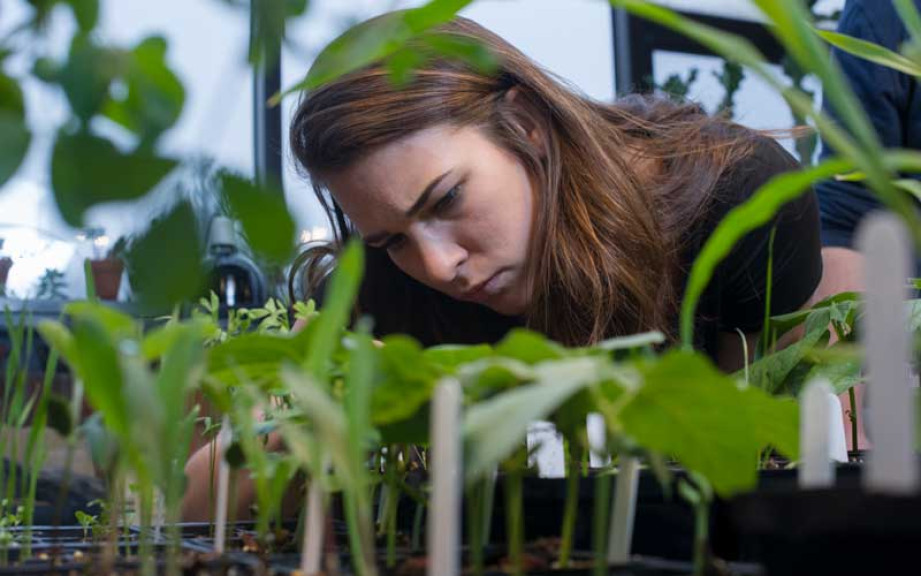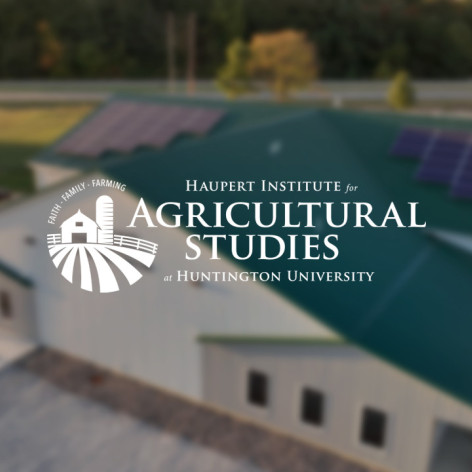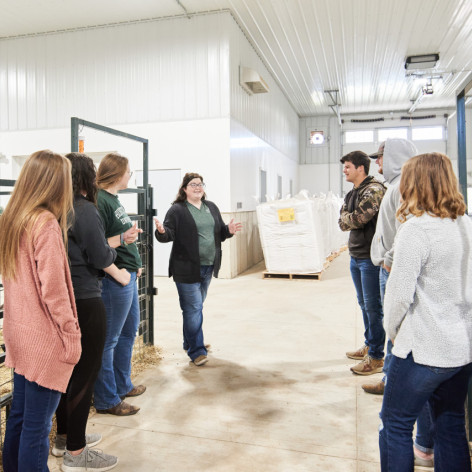Growing Green

Huntington University keeps growing and this time, the thing we are “growing” will grow things of its own. That’s right, a brand- new greenhouse is coming to HU, which will enhance the learning experiences of biology, chemistry, and agriculture students.
The new facility, Ware Plant Science Production Facility, will be a permanent greenhouse that will be situated on the south side of the Dowden Science Hall. This location is convenient with the current science hall structure, as well as the positioning with the sun to ensure full exposure throughout the day. The facility’s architectural appeal will be designed to match the style of the science hall.
The structure will contain three growing rooms and a head house. The total expected greenhouse dimensions will measure 3,600 square feet with each room at equal size. In comparison, the current greenhouse is only 500 square feet.
Inside the greenhouse, the growing rooms will be fitted with various technologies and tools to reach many areas of learning. The entire building will include a fully-automated climate control system, as well as shade cloths and ventilation fans, and there is potential for an evaporative cooling system that would be used to stabilize temperatures through the changing seasons. High-efficiency LED lights will provide sunlight during low-light, short winter days, which is essential for plants and crops requiring higher light intensity. The greenhouse will also be equipped with Wi-Fi and web-connected environmental monitoring. An aquaponics system for raising fish and edible plants is planned to be installed in one of the growing rooms.
The head house will service the three growing rooms, and will provide additional space for teaching and storage space. One growing room will be dedicated to housing collections of unique botanical specimens and for research. A second room will be used as an open area for teaching and possible aquaponics system. The third room will be used for research, growing plants for food, and creation of plants for the Horticulture Club sales.
The greenhouse will directly benefit students in the biology and chemistry departments, as well as those enrolled in plant and soil science courses offered by the Haupert Institute for Agricultural Studies. The greenhouse will be able to facilitate learning for students who have a particular interest for careers in horticulture or the greenhouse industry. The large space and precise climate control will allow students and faculty to conduct collaborative research. The Occupational Therapy program also hopes to be involved with the greenhouse, as the structural plan includes enough space to practice horticultural therapy.
Construction for the project is planned for the summer of 2017.



